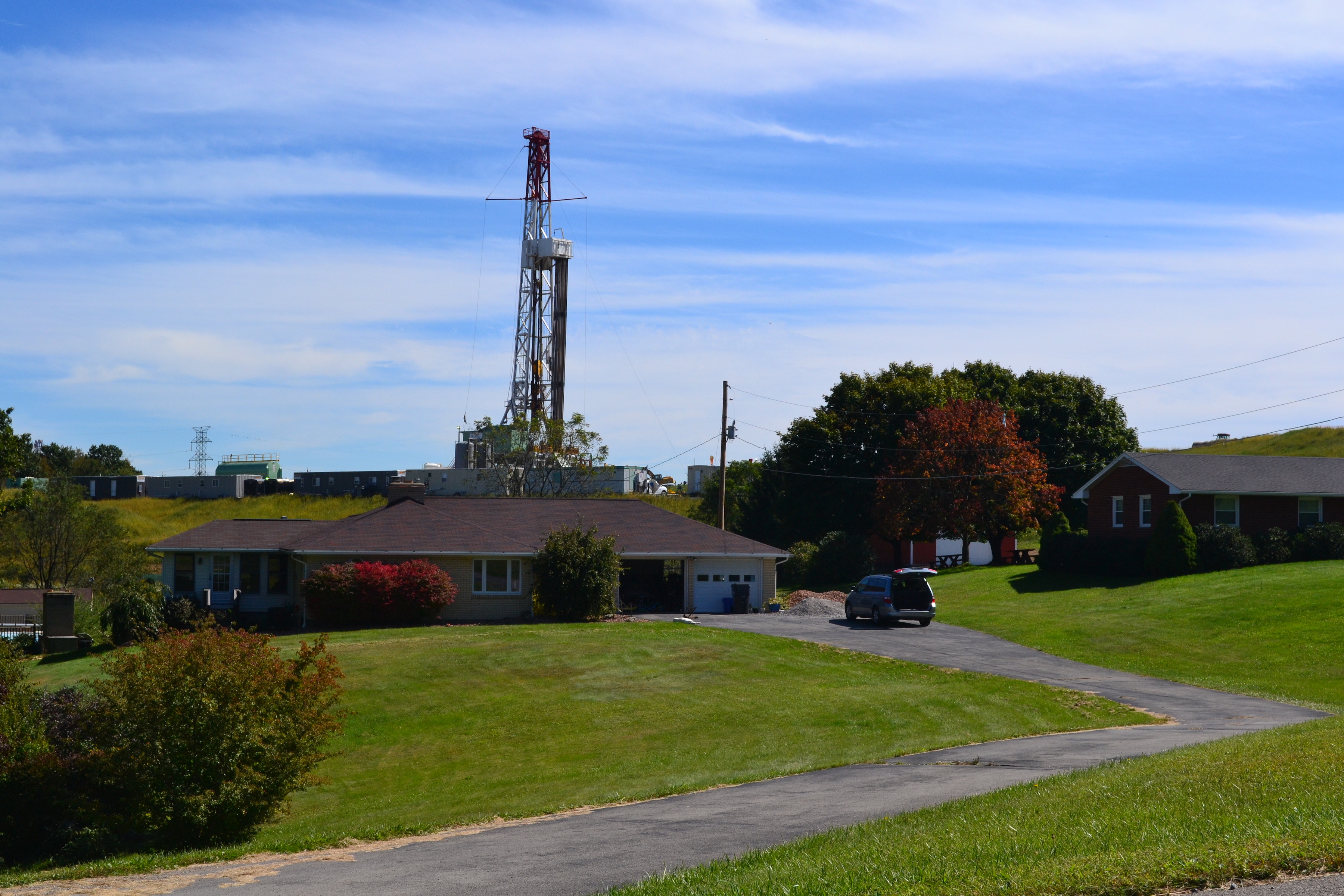Why Linking Fracking and Water Contamination is Complicated
A new report from the Center for Public Integrity is taking a detailed look at the links between fracking and drinking water contamination in Pennsylvania.
Since 2007, when the fracking boom hit the region, the state has received at least 3,000 water supply complaints. The Center for Public Integrity tracked data from the state’s Department of Environmental Protection on 1,800 of those cases. But on more than half, the DEP’s investigations took longer than the agency’s target of 45 days to complete. And overall, the DEP found a connection to oil and gas activity in less than 300 of the complaints.
Stanford professor Rob Jackson, who’s been researching fracking and water since 2010, says people whose water has actually been contaminated by fracking are a small minority.
“Having said that, we’ve sampled quite a few people who we believe there’s very strong evidence for impacts to their drinking water,” Jackson says. “And they can’t get anyone to listen.”
LISTEN: “Your Environment Update for June 22, 2016”
When his team found evidence of contamination in Texas and Pennsylvania, they got pushback from the industry—and even state regulators. Conversely, when they didn’t find contamination in Arkansas, they got pushback from the environmental community. He said someone is always upset.
“It’s a challenging social environment to work in. It’s not for the faint of heart.”
The DEP declined interview requests by the Center for Public Integrity, as did gas companies and industry groups. But in a statement, the DEP said it is close to finalizing rules on gas drilling to “strengthen the protections for water supplies.”
You can check out the full report from The Center for Public Integrity here.
Reporting by Kara Holsopple
Meeting Air Quality Standards Will Be Tricky for Shell’s New Petrochemical Plant
Air quality in the Pittsburgh region already gets a failing grade from the Environmental Protection Agency. So to build its new ethane cracker in Beaver County, Shell has to offset its pollution by buying so-called “emissions reduction credits” or ERCs. They’re basically allowances a company can purchase from facilities that have already cut down on their emissions in order to avoid net increases in pollution region-wide.
But most of the credits Shell plans to buy are from coal-fired power plants that have already been closed down. In some cases, those facilities have been closed for four years.
Clean Water Action’s Myron Arnowitt says counting pollution from these shuttered plants against Shell’s pollution allotment means that smog the region is no longer breathing today will be coming back when the ethane cracker is up and running.
“It is very difficult for a region like ours to continue to improve our air quality if we allow companies to essentially keep emitting the same amount of pollution long after the companies have closed,” Arnowitt says.
Backdating these pollution credits is perfectly legal, and some argue it’s the only way to allow for companies to bring any new projects online. ERCs, they say, offer an incentive to close older, dirtier facilities.
But Arnowitt and other environmental groups say one relatively easy way for Shell to keep air pollution at a minimum is to place air monitors just outside its property. This would allow the company to detect leaks before they cause widespread damage. But so far, the company has refused, and the state hasn’t required it.
Environmental groups are currently appealing Shell’s air permit.
Reporting by Reid Frazier

